In 1859, a group of prospectors, including one W S Bodey, discovered gold east of the Sierra Nevada Mountain Range in Mono County, California.
A mining camp was established there, and following the verification of a large gold deposit by the Standard Company in 1876, it rapidly became a boomtown. It was named after Bodey, though adopting a misspelling of his name.
Apparently, the spelling was taken from a painter, ‘Bodie’ Stables, living in nearby Aurora. Bodey never acknowledged the honor, having died in a blizzard on his way to nearby Monoville in November of 1859.
Further rich discoveries in 1878 expanded the town even more. By 1879 Bodie had a population of perhaps as high as 7,000 and consisted of 2,000 buildings.
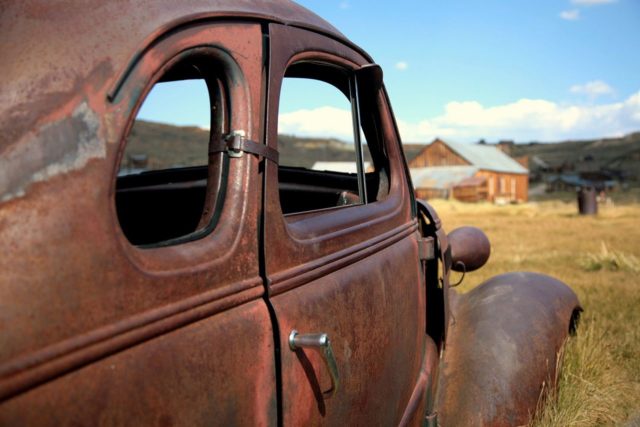
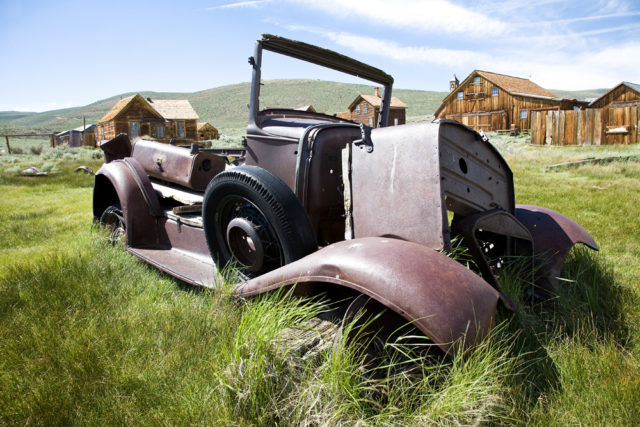
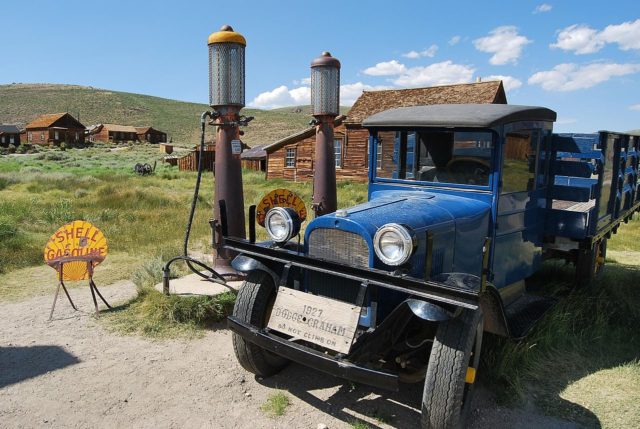
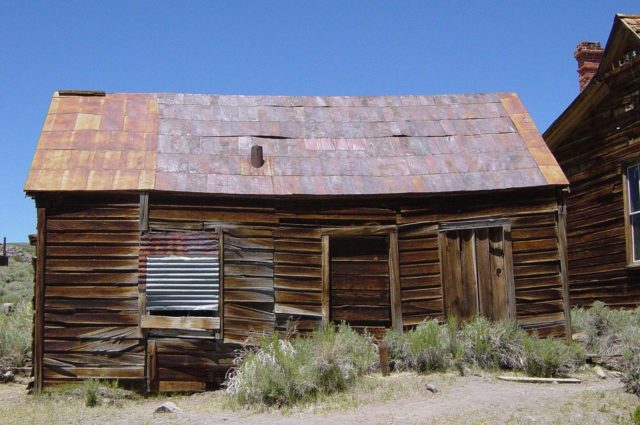
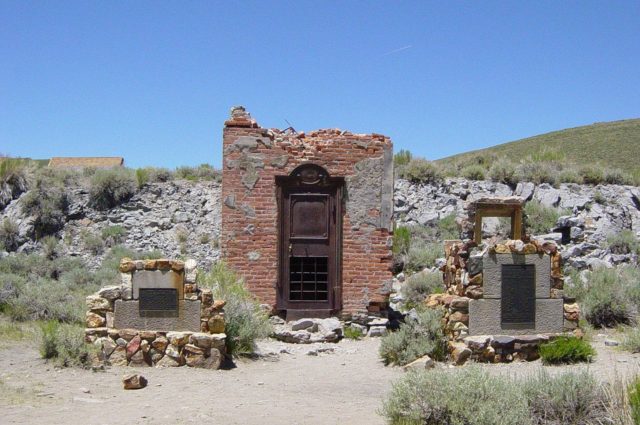
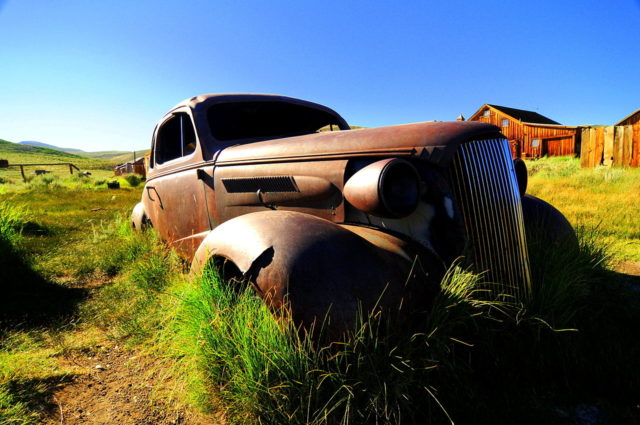
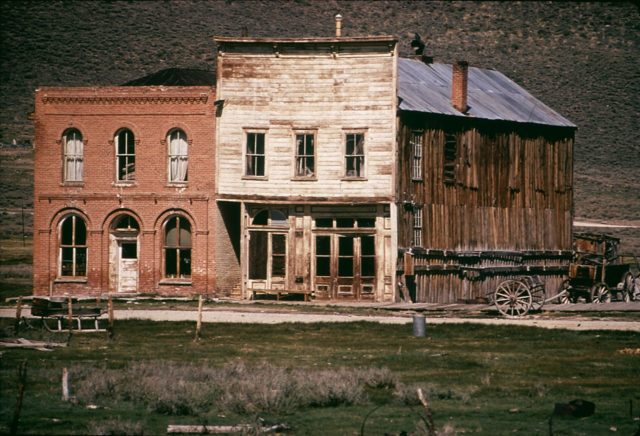
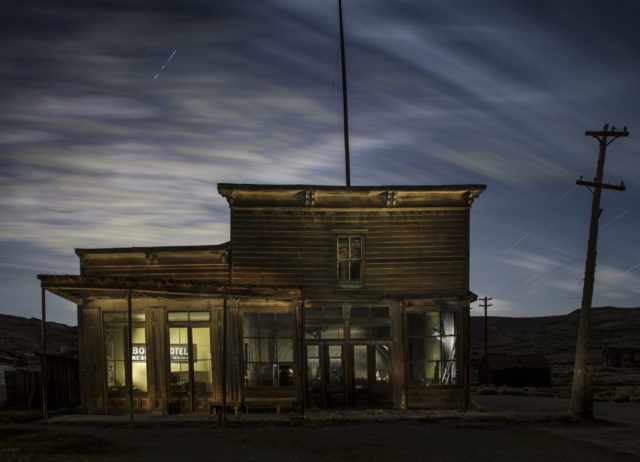
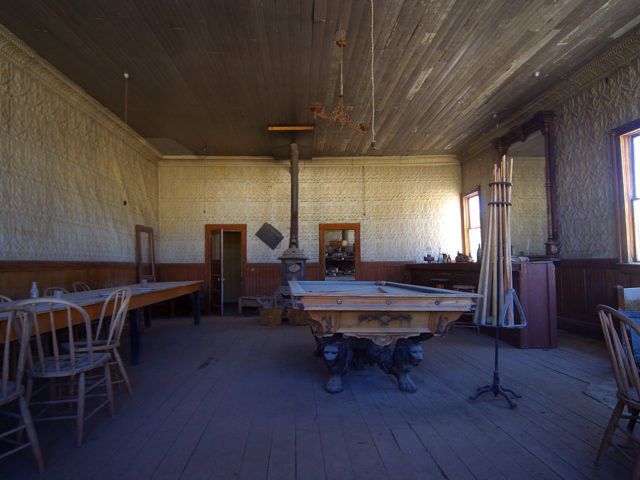
It has been suggested that at the time that it was California’s largest city after San Francisco but the census of that year fails to support the idea.
It was nevertheless an important town, producing $34 million in gold. It had its own newspaper, The Standard Pioneer Journal of Mono County, and was connected to Bridgeport and Genoa, Nevada by telegraph.
The town also had a Wells Fargo Bank, four volunteer fire companies, a railroad, gaol, brass band, nine stamp mills which housed gold bullion for transportation to Carson City, Nevada, 65 saloons, a Methodist church, and a Catholic Church (burnt in 1930), and all the amenities typical of a booming mining town.
The center of the town was the Miners’ Union Hall in Main Street. Workers’ meetings took place there, as well as community entertainments such as orchestras, plays, and dances. The Hall serves as a museum today.
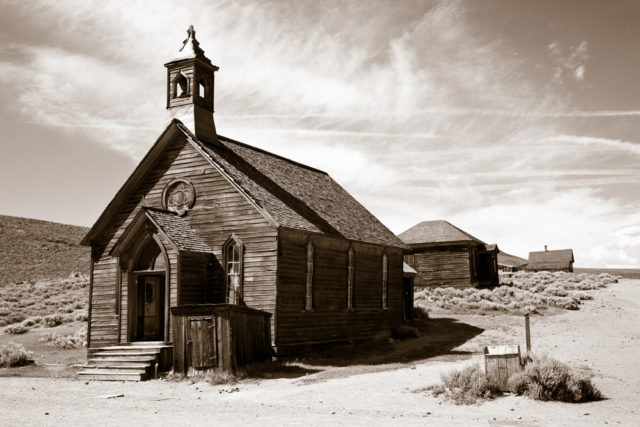
Bodie State Park, California
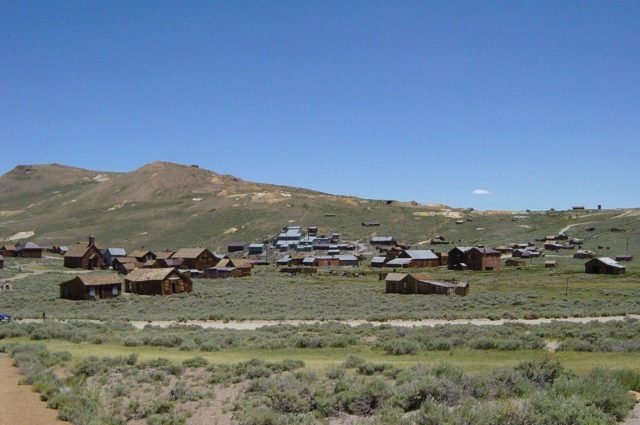
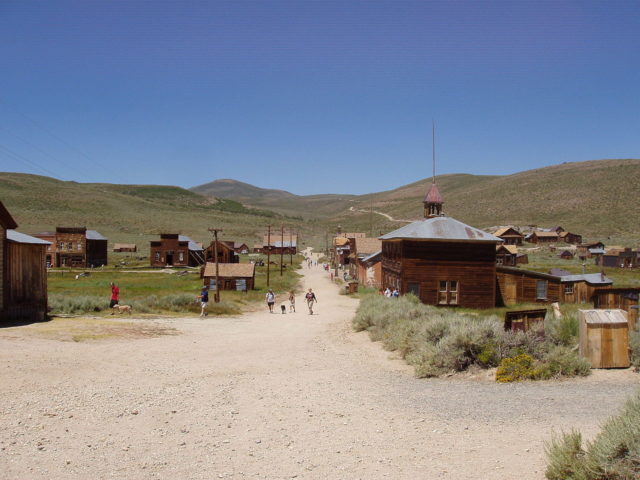
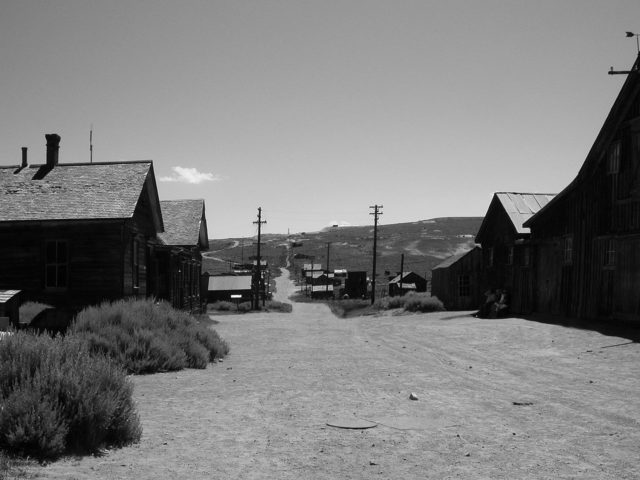
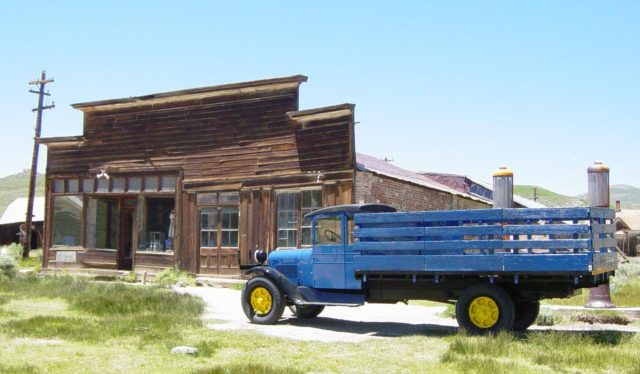
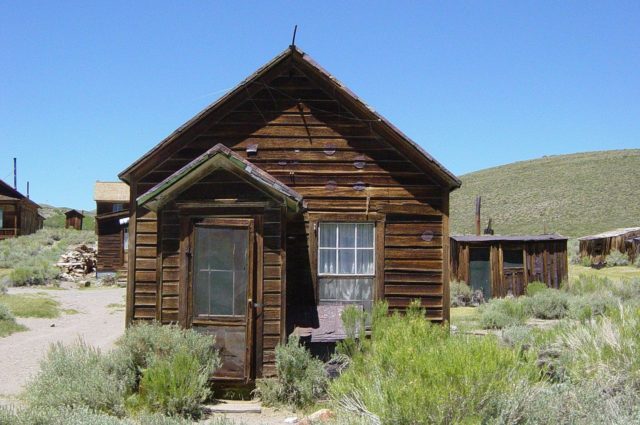
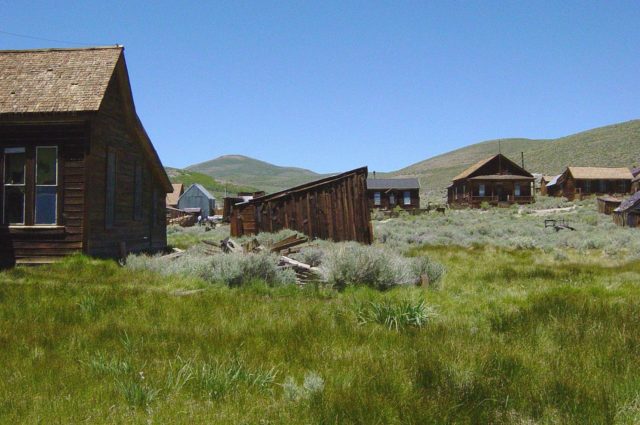
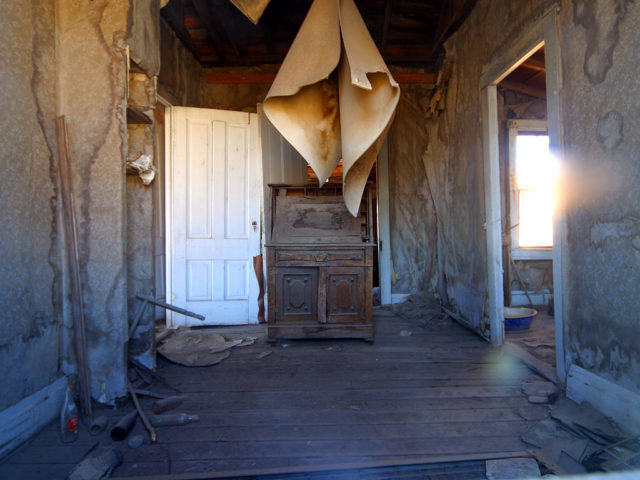
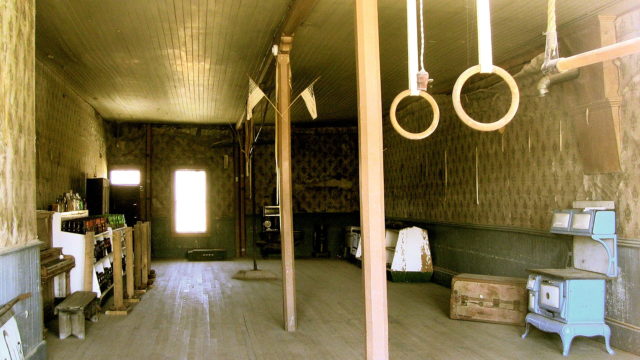
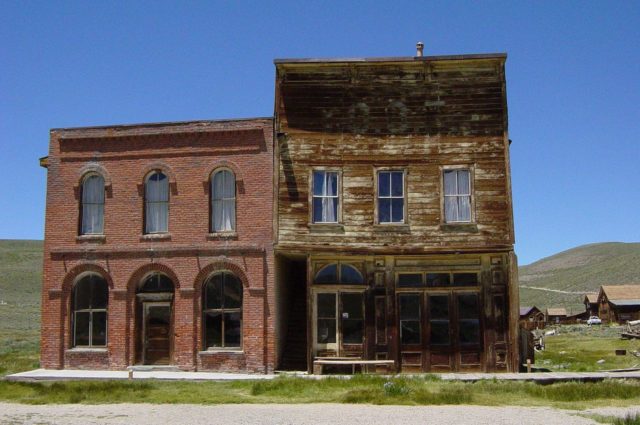
With prosperity came the usual violence and immorality – murder, brawling, and stagecoach holdups and prostitution. One lady of the night, Rosa May, was reputed to help people struck down during an epidemic.
Despite her ministrations, she was buried outside the Brodie cemetery.
However, it is debatable that there ever was an epidemic in Bodie’s boomtown years. Several hundred Chinese people were attracted by gold and Bodie had its Chinatown.
There was a Daoist temple and a number of opium dens. The Bodie cemetery included a red brick mortuary, a Miners’ Union section and a monument to President James A. Garfield, who had served when Bodie was starting to grow.
He was assassinated in 1881. The Bodie Boot Hill, where men who perished in gun fights were buried, was outside the cemetery limits. However, the good times did not last, as is the trend with gold towns. The discovery of gold in Butte, Montana, Tombstone, Arizona and in Utah enticed single men to leave Bodie in the 1880s.
Yet the local mines were still giving rich yields. In 1881 production was valued at $3.1 million.
A new cyanide process was introduced in 1890 which could refine gold from mill tailings and low-grade ore. Standard Company built a hydroelectric plant in 1892 at Dynamo Pond, some 21 kilometres from the town.
It could generate 130 horsepower (97 kilowatts) for the company’s stamp mill. This was one of the first transmissions of electricity over long distances in the United States.
All the signs indicated that Bodie’s prosperity would continue.
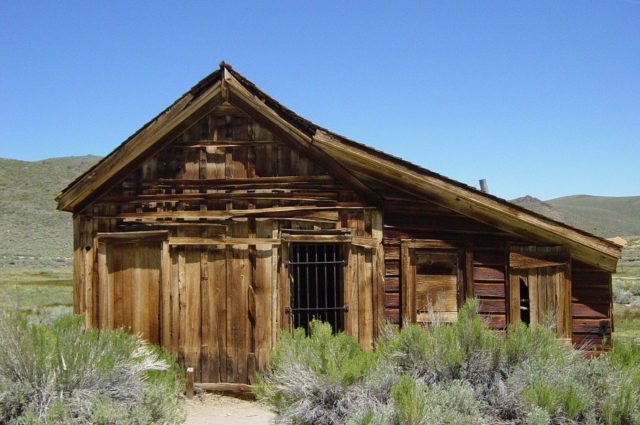
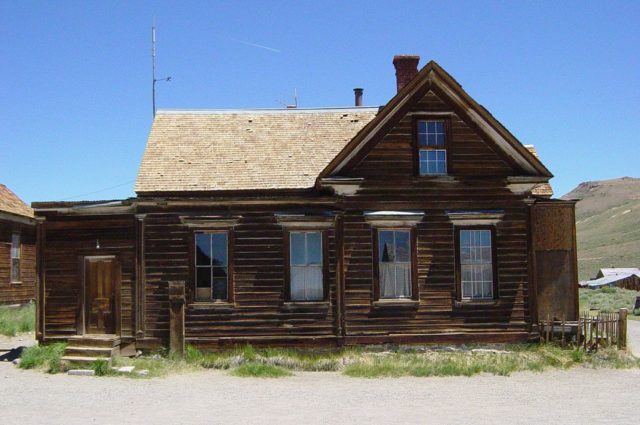
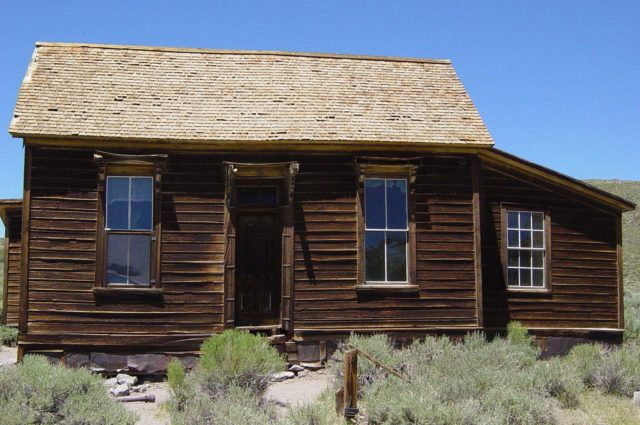
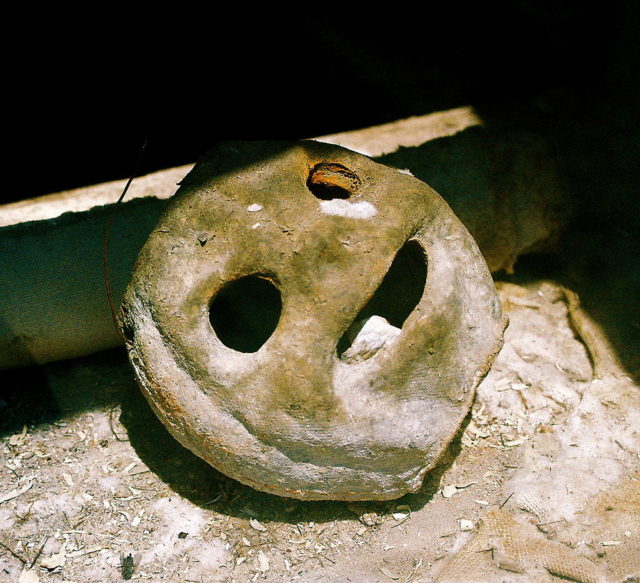
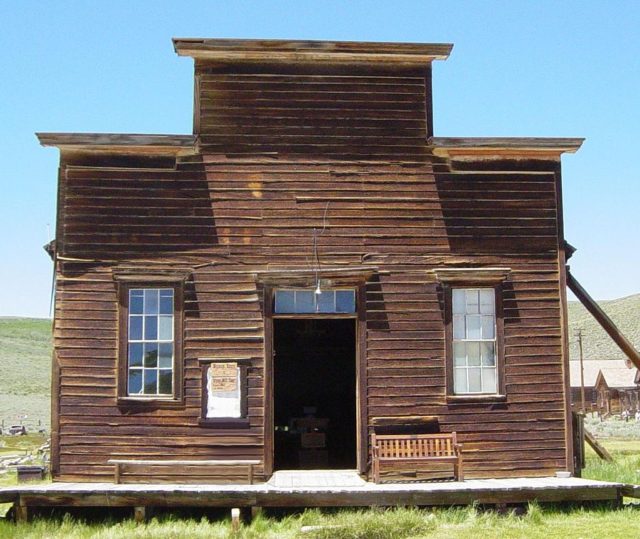
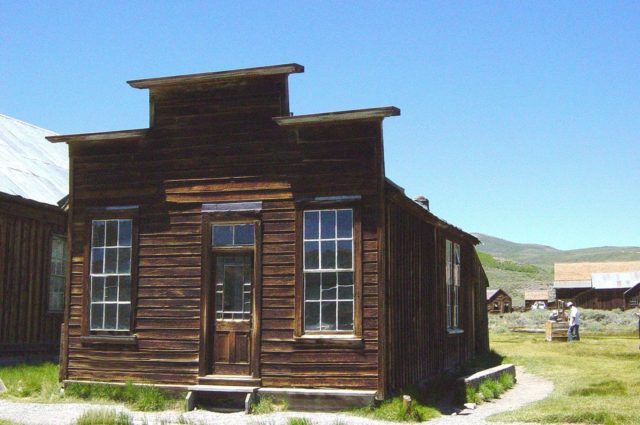
Nevertheless, the population continued to decline. In 1910 the population, consisting mostly of families, was only 698. In 1912, the last town newspaper was printed.
The following year, the Standard Consolidated Mine closed. In 1914 profits from mining were only $6821.
In 1915, there was a brief surge after a James Cain bought up mining claims, reopened the Standard mill and made $100,000 profit. But in 1917 Bodie Railway scrapped its rail tracks and abandoned the town.
From then on Bodie was only accessible by automobile. Around this time the first references to Bodie as a ‘ghost town’ appear.
The town remained inhabited, and some mining continued. In 1920, the population of Bodie was 120. Much of the town was owned by the Cain family.
A fire destroyed much of the business district in 1932. In 1940, the Cains had to hire caretakers to protect buildings from vandalism.
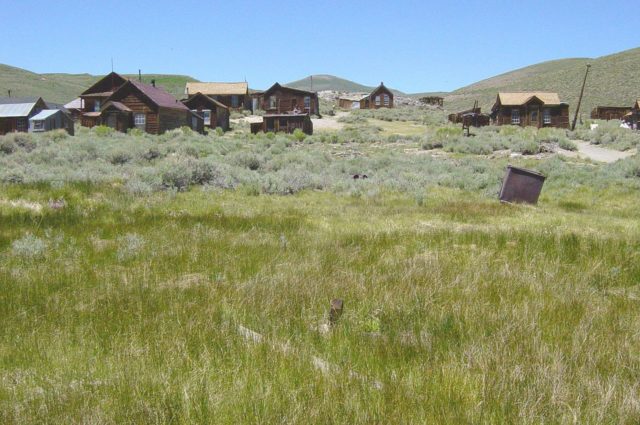
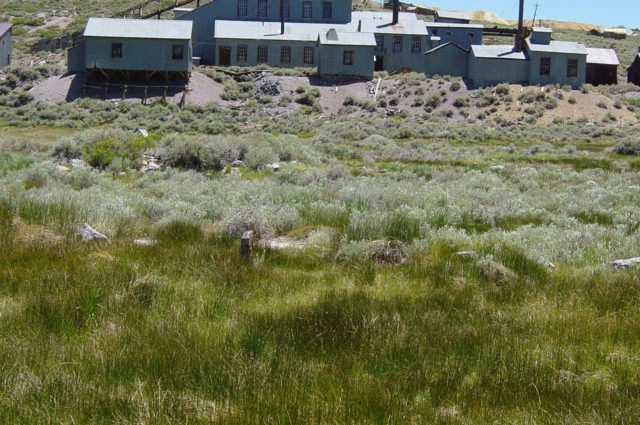
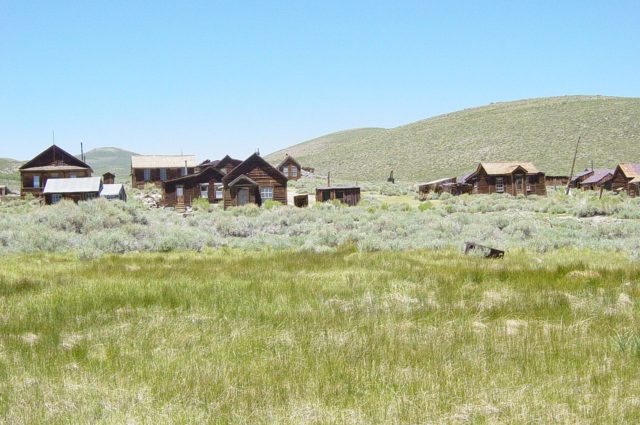
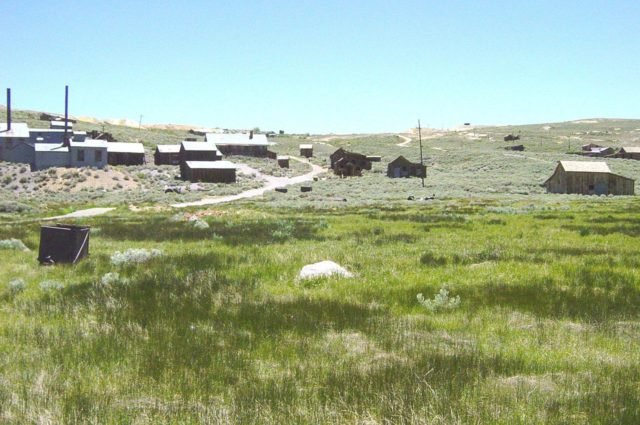
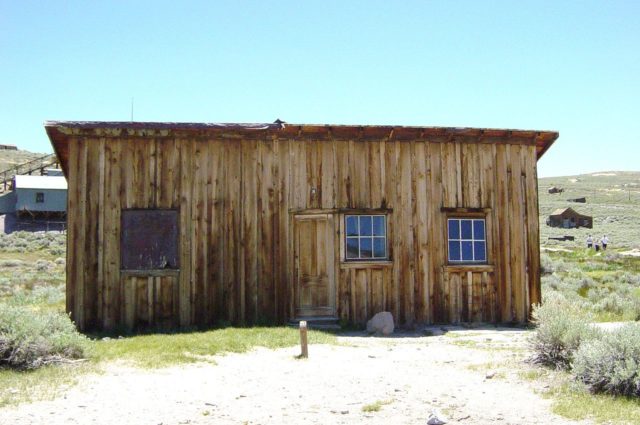
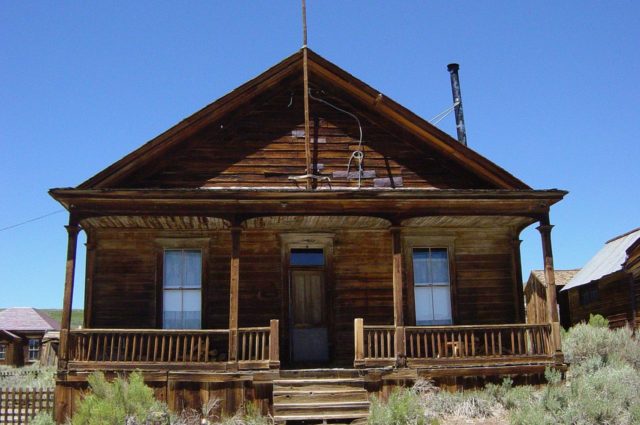
The final blow came in 1942. The United States War Production Board ordered the cessation of all non-essential gold mining, and the last Bodie mine closed. The Bodie Post Office officially closed in that year. In 1943, there were only three people in Bodie.
One of these was a caretaker, Martin Gianettoni. He was caring for 170 buildings. In 1961 the abandoned town was named a National Historic Landmark. The following year it became Bodie State Historic Park. It is the official gold rush ghost town of California.
